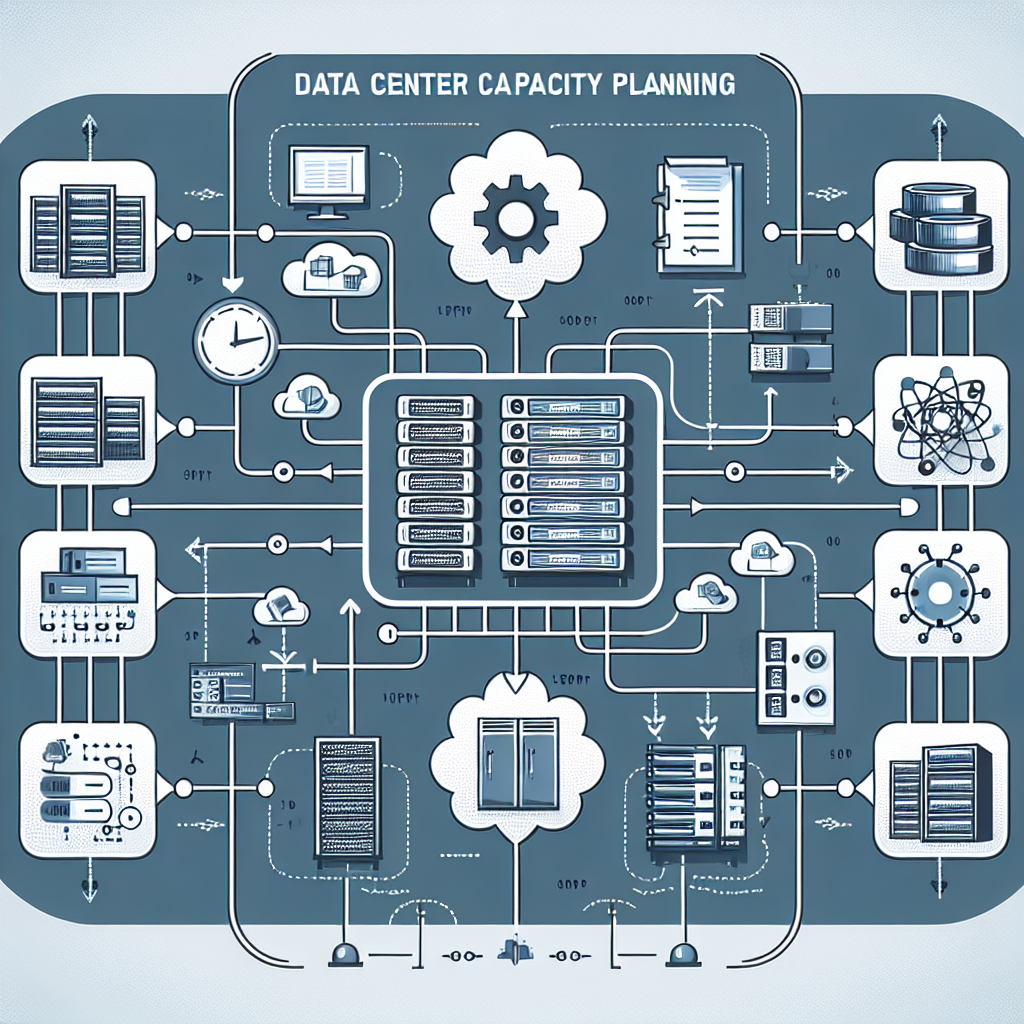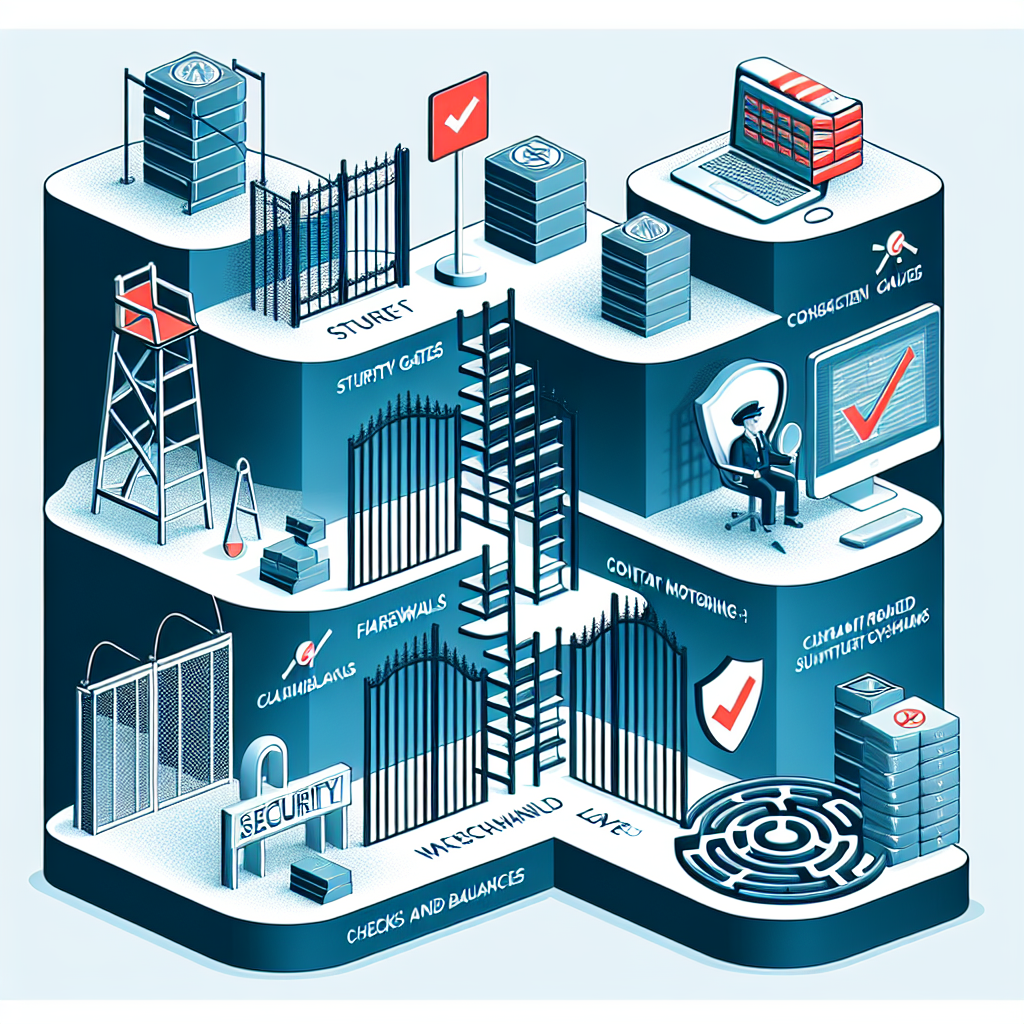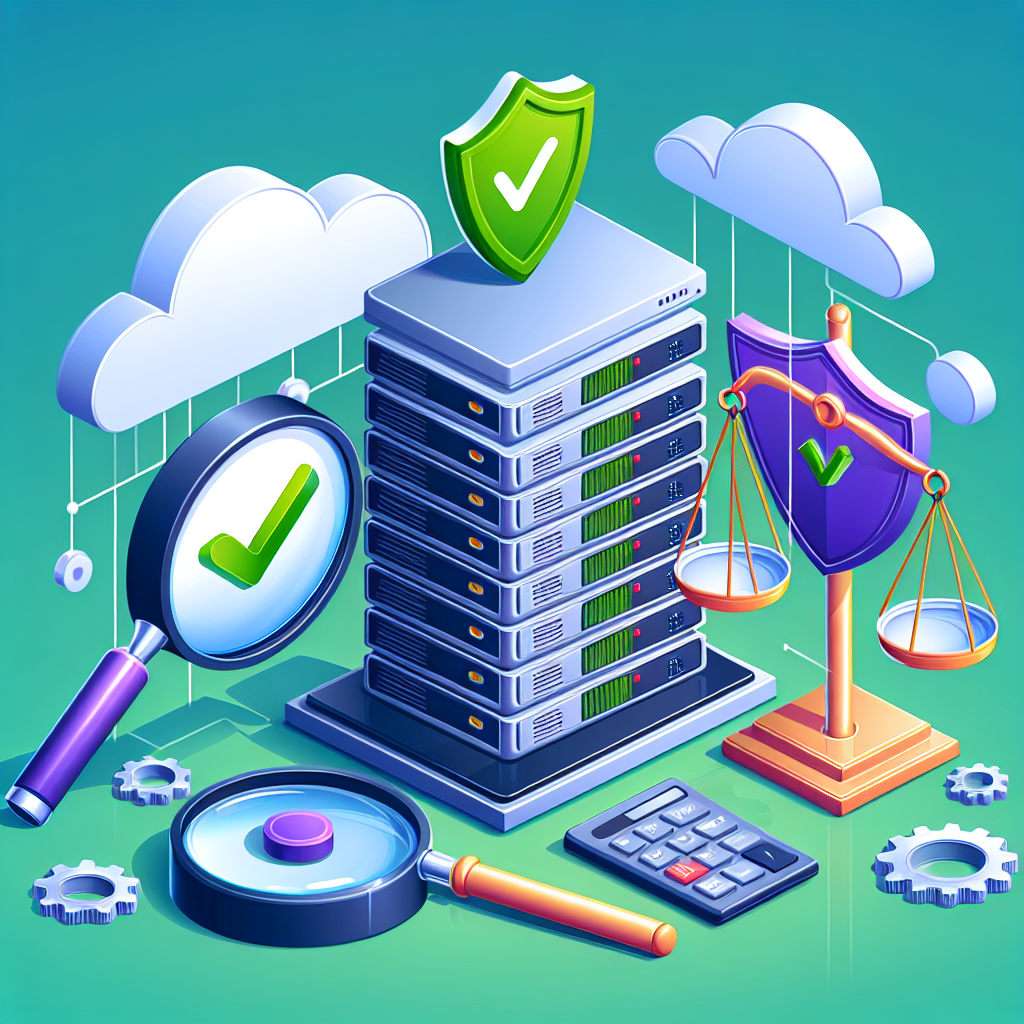Data centers are the backbone of modern businesses, housing critical IT infrastructure and data that are essential for day-to-day operations. As such, it is crucial for companies to prioritize data center maintenance in order to ensure business continuity and prevent costly downtime.
There are several key steps that businesses can take to maintain their data centers and minimize the risk of disruptions. These steps include regular inspections, proper documentation, equipment maintenance, and disaster recovery planning.
Regular inspections are essential for identifying potential issues before they escalate into major problems. This includes checking for signs of overheating, loose cables, and other issues that could impact the performance of the data center. By conducting regular inspections, businesses can address issues proactively and prevent costly downtime.
Proper documentation is also crucial for data center maintenance. Keeping detailed records of equipment, configurations, and maintenance schedules can help businesses track the health of their data center and identify any trends or patterns that may indicate potential issues. This documentation can also be valuable in the event of a disaster, as it can help expedite the recovery process.
Equipment maintenance is another key aspect of data center maintenance. Regularly servicing and upgrading equipment can help prevent hardware failures and ensure that the data center is running at optimal performance. This includes keeping servers, storage devices, and networking equipment up to date with the latest firmware and software patches.
Finally, disaster recovery planning is essential for ensuring business continuity in the event of a catastrophic event. Businesses should have a comprehensive disaster recovery plan in place that outlines how data will be backed up, restored, and recovered in the event of a disaster. Regularly testing this plan and updating it as needed can help businesses minimize the impact of downtime and ensure that critical operations can resume quickly.
In conclusion, data center maintenance is a critical aspect of ensuring business continuity. By following key steps such as regular inspections, proper documentation, equipment maintenance, and disaster recovery planning, businesses can minimize the risk of downtime and keep their data centers running smoothly. Prioritizing data center maintenance can help businesses avoid costly disruptions and ensure that they can continue to operate effectively in today’s fast-paced business environment.













